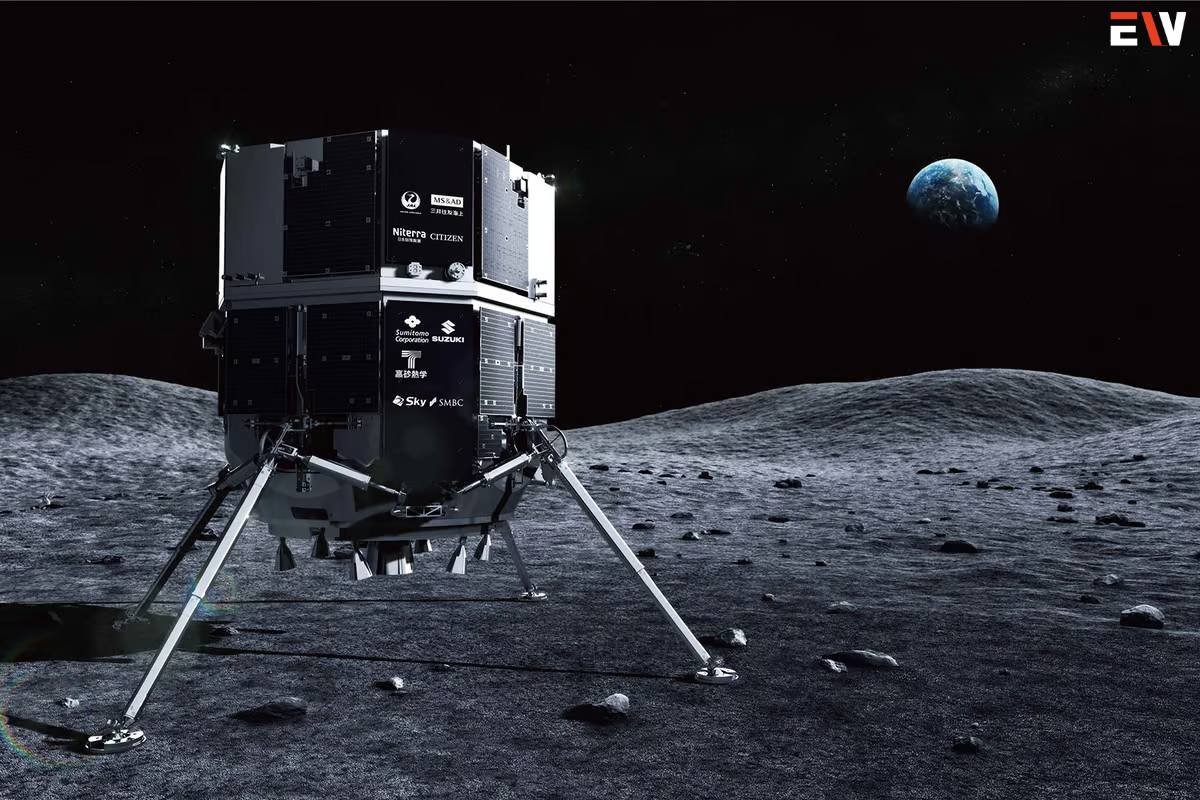source- New Atlas
In the pursuit of lunar exploration, Japan has set its sights on a groundbreaking mission with the Smart Lander for Investigating Moon (SLIM), aiming for an unprecedented pinpoint landing on the lunar surface. This endeavor, announced by the Japan Aerospace Exploration Agency (JAXA), represents a crucial step in understanding the moon’s composition and geological history.
Precision Landing Attempt
Smart Lander for Investigating Moon’s unique endeavor is geared toward achieving an exceptionally precise landing, deviating from the conventional kilometer-scale landing zones. Scheduled for a soft touchdown on January 19 (ET) or January 20 (Japan Standard Time), the lightweight lander targets an area spanning merely 328 feet (100 meters). This precision has earned the mission the moniker “Moon Sniper,” signifying its meticulous approach to lunar exploration.
Trailblazing Approach
While the United States remains the sole nation to have landed humans on the moon, Japan’s venture into lunar exploration mirrors a global resurgence in efforts to unlock the moon’s potential resources for sustained crewed missions. China and India stand as the only countries, besides Japan, to achieve successful lunar landings in this century, marking a pivotal moment in the renewed lunar race.
Lunar Exploration Landscape
Despite recent failed attempts by private entities and Russia’s space agency, Japan’s pursuit of the lunar surface highlights the determined global interest in unraveling the moon’s mysteries. Notably, India’s successful landing near the lunar south pole in 2023 showcased the potential for locating crucial water ice deposits, a resource of immense value for future space missions.
Future Lunar Missions
Following Japan’s Smart Lander for Investigating Moon mission, the United States plans to launch multiple robotic vehicles to the moon’s surface in the upcoming year. NASA’s Artemis II mission, slated for late 2024, aims to orbit astronauts around the moon, setting the stage for an imminent return to lunar exploration by humans. This monumental endeavor, Artemis III, could mark the resurgence of human presence on the moon after a hiatus of several decades.
Significance of Artemis III
Should Artemis III prove successful, it would signify a historic milestone in space exploration, rekindling human expeditions to the lunar surface. NASA’s ambitions to return astronauts to the moon underscore the collective global effort to push the boundaries of scientific discovery and potentially pave the way for sustained human habitation beyond Earth.
As the world eagerly anticipates Japan’s Smart Lander for Investigating Moon mission and NASA’s forthcoming lunar expeditions, these endeavors signify a reinvigorated pursuit of lunar exploration and the quest to unlock the secrets harbored by Earth’s celestial neighbor.










